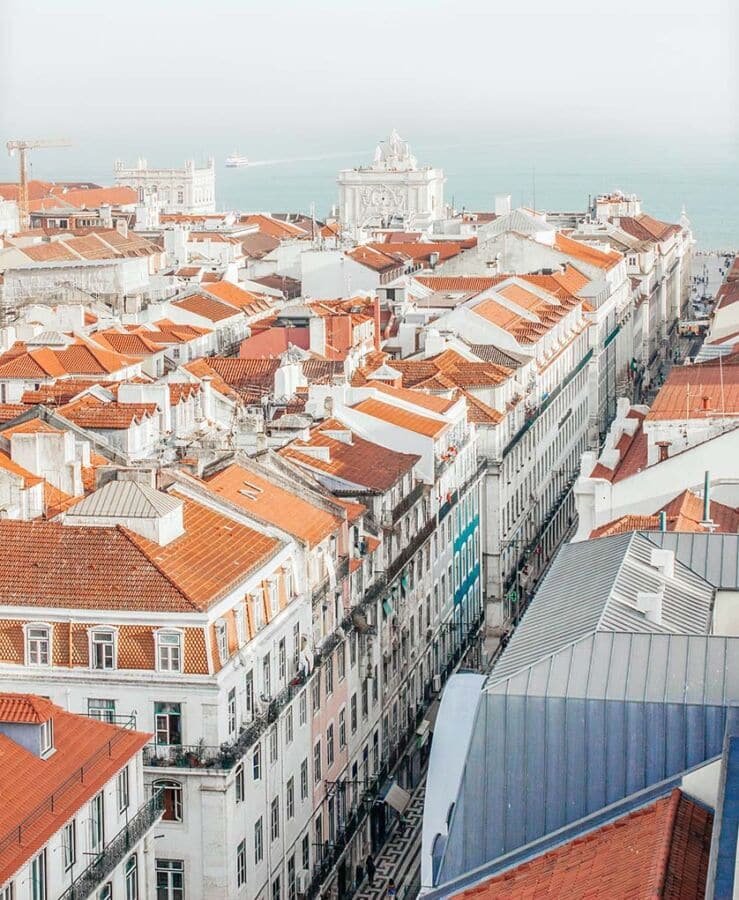No need to reach for the sky
On February 6 this year, a massive earthquake struck southern Turkey, causing the loss of tens of thousands of lives and creating a colossal humanitarian crisis in Turkey and neighbouring Syria.
Harrowing videos have shown the collapse of hundreds of buildings, trapping residents in a matter of seconds beneath piles of rubble. Many of these buildings were high-rise.
It is arguable that one man was the dominant influence behind the high-rise skylines in so many of the world’s great cities. The German-American architect Mies van der Rohe began his career designing private villas for wealthy Germans, before working with Le Corbusier and Walter Gropius at the Bauhaus.
When he moved to America, however, his career literally took off, with the design of towering steel and plate glass structures such as the Seagram Building in New York. Soon, every city and corporation wanted its signature ‘Mies’. When they could not afford the real thing, they often made do with a mediocre imitation. The era of the high-rise had arrived.
Building high was not a new enterprise. The Book of Genesis, in the Bible, tells the tale of the Tower of Babel, imagined in a painting of 1563 by Pieter Bruegel the Elder. In Medieval times, Gothic cathedrals all over Europe, often spectacular feats of technical prowess, soared towards the heavens.
In the early 1800s, the Romantic millionaire, art collector and novelist, William Thomas Beckford, commissioned the architect James Wyatt to design and build a great country house, Fonthill Abbey. Beckford’s ‘folly’ was to have a 90-metre tower, but the unsound structure collapsed on each of two building attempts.
At the start of our own century, the giant Twin Towers in New York, perceived as a symbol of American imperialism, were targeted by Al-Qaeda in a terrorist attack that caused huge loss of life and led to the troubled American invasion of Afghanistan. These epoch-defining events scarcely generated a pause in high-rise building.
In China, high-rise mega-cities have risen from the ground in a couple of decades, and concrete cancer, the slow deterioration of concrete due to the corrosion of its reinforcing steel responsible for cracking, is endemic.
Portugal’s tallest building the Torre Vasco da Gama, built in Lisbon for the Expo‘98 World’s Fair, stands at 145 metres, less than half the height of London’s Shard with its 309 metres.
We know that high-rise is greedy in resources, gobbling up vast quantities of concrete, for example, and, equally, once a building is in use, devouring energy for heating, lighting, elevators and air-conditioning.
Most of Portugal is low-rise, intimate, community-oriented and human in scale. Portugal today only has a modest four buildings with a height of more than 100 metres. Why might this be? Could Portugal become a front-runner to initiate policy for sustainable construction?
A key to the answer must surely lie in one of the defining events of Portuguese history: the Lisbon earthquake of 1755, tremors from which were felt as far away as Ireland. This disaster led to what is often considered the first anti-seismic architecture, the Gaiola Pombalinas, or Pombaline Cages, named after Sebastião José de Carvalho e Melo, 1st Marquis of Pombal and the man appointed by King João I to get Lisbon back on its feet again.
A new downtown area, Baixa, was created, laid out as a grid, with masonry structures reinforced by an internal wooden ‘cage’, inspired by the wooden structures of Portugal’s shipping fleet. This combination of masonry and wood provided both strength and flexibility.
This month’s quake in Turkey saw thousands of ‘pancake collapses’, where the lower floors of middle or high-rise buildings give first, generating a domino effect that collapses the upper floors vertically onto the floors below, so each floor becomes stacked like a pancake, making it horribly difficult to access the people trapped inside.
In 1999, a mere generation ago, Turkey suffered a major earthquake near Izmit, leaving 17,000 dead and destroying 20,000 buildings. Construction laws were tightened up … and then things carried on again more or less as before.
Local authorities are known to have consistently signed off on buildings with insufficient structural integrity. Through lack of oversight and ‘construction amnesties’ that have left gaping holes for rule-bending and pocket filling, government carries the final responsibility for devastating negligence.
It is estimated 65% of the building stock in Turkey is today vulnerable to a major quake. Turkey’s authoritarian president, Recep Tayyip Erdogan, goes to the country to attempt re-election in a few months’ time …
Does Portugal have the answer? Only time can tell us. A few years ago, when I bought a property in Lisbon, I was impressed, when inquiring about insurance, to be told of course damage from an earthquake was covered by my policy. Is there perhaps something that Portugal knows, which the rest of the world ignores?
By JAMES MAYOR


